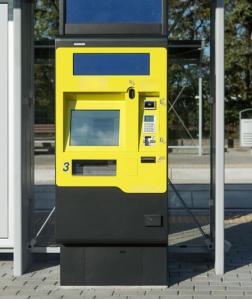In the fast-paced world of technology, our devices are getting smarter, and their ability to 'see' and 'understand' the world around them is becoming increasingly important.
CPUs, designed for general computing tasks are not enough alone to execute the demanding workloads of machine vision and deep learning applications.
Specialised architecture such as GPUs (graphics), VPUs (vision processing) and TPUs (machine learning), offer the ability to perform thousands of tasks simultaneously with improved power efficiency, lower latency and high throughout.
But what do these acronyms mean, and which one reigns as the machine vision superhero?
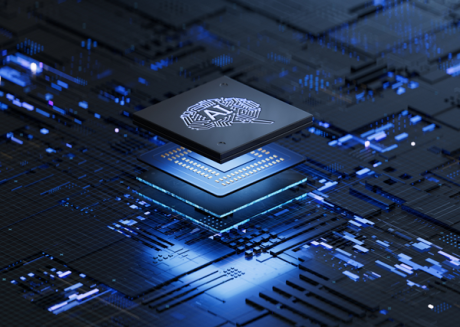
Understanding the Basics: GPU, VPU and TPU
GPU (Graphics Processing Unit):
Designed for multithreaded parallel computing. Known for handling graphics processing and video rendering, they can train algorithms by performing multiple, simultaneous computations. Used in industrial control and monitoring applications, throughout smart buildings, smart cities, smart infrastructure, and smart factories.
Strengths: General-purpose computing with large datasets, specialised for parallel processing, and high throughput.
Performance: Versatile but may not match VPUs' speed and precision in machine vision tasks, excelling in general-purpose computing.
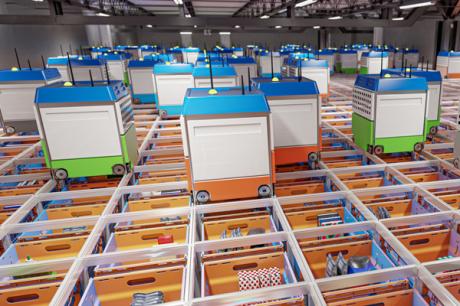
VPU (Vision Processing Unit):
Designed for speed and efficiency, VPUs process images and videos at lightning speed. They are used in devices that need to "see" and understand the world around them. Applications vary widely from Industrial Automation such as object detection and quality control, Transportation and traffic management such as passenger numbers and number-plate recognition, Security cameras and drones, retail settings, sports therapy and precision agriculture.
Strengths: Optimised for efficient processing of vision algorithms, offering exceptional speed and efficiency whilst being mindful of power consumption and heat dissipation.
Performance: The first choice for machine vision inference, excelling in real-time processing.
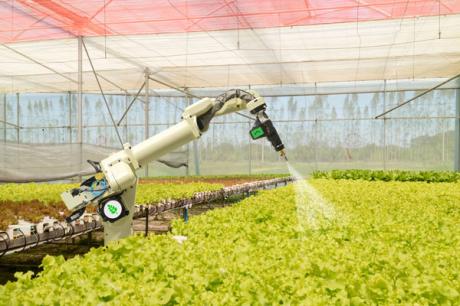
TPU (Tensor Processing Unit):
Custom-designed hardware for performing machine learning workflows and deep learning tasks utilising TensorFlow, Google’s open-source machine learning framework. They perform complex tasks with exceptional processing power and very high throughput and excel in training and running neural networks in large scale machine learning models from Industrial automation to robotics in manufacturing, or image analysis for healthcare.
Strengths: Lightning-fast matrix calculations, optimised for training deep neural networks. Rapid inference based on real-time data for applications requiring instant response.
Performance: Unbeatable for training deep learning models, although VPUs give them a run for their money in Machine Vision.
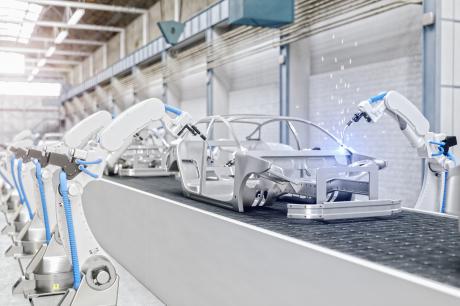
The Best Choice for Machine Vision Applications:
While VPUs seem to steal the spotlight with their blend of speed, precision, and cost-effectiveness, the choice ultimately hinges on your project's unique demands and budget considerations. Let's break it down:
VPUs: The Real-Time Heroes
- Ideal for real-time visual tasks (think object detection, facial recognition, and quality inspection).
- They efficiently handle vision processing at the edge, often being more power-conscious and deliver lightning-fast, accurate results.
GPUs: The Versatile Workhorses
- Excel in parallel processing, perfect for projects with diverse computing requirements, including inventory monitoring and image processing.
- Offer versatility, though may not match VPUs in machine vision speed.
TPUs: The Deep Learning Dynamo
- Maximises performance in scenarios with large batch sizes, making them incredibly efficient for both training and inferencing stages of massive datasets in parallel, thereby speeding up iterations and reducing overall project timelines. Ideal for factory automation applications
- Though cost-effective for training large scale networks, TPUs might not provide the same cost-to-performance advantage as a VPU, although if deep learning is integral to the vision application, TPUs can be a game-changer.
In Conclusion
While VPUs claim the throne as the go-to choice for machine vision tasks, the best pick depends on your project's unique requirements. Choosing the right processing unit is like selecting the right tool for the job – crucial for turning your machine vision dreams into reality. So, choose wisely, and let your machines see the world like never before!
If you're ready to dive into the world of machine vision, we're here to help. We offer a variety of systems tailored to everything from simple machine vision to deep learning tasks.
| GPU | VPU | TPU | |
| Primary Purpose | Graphics rendering | Machine vision tasks | Machine learning tasks with massive datasets |
| Architecture | SIMD (Single Instructions Multiple Data) | Dedicated hardware | Matrix-based hardware |
| Parellelism | High - thousands of cores | Moderate - tailored for vision tasks | High - optimised for machine learning tasks |
| Power consumption | Moderate to high - depending on workload | Low to moderate - optimised for edge devices | Moderate - optimised for data centre environments |
Flexibility |
Suited for a variety of tasks beyond graphics | Specialised for vision but can handle other tasks | Highly specialised in TensorFlow and Neural Network tasks |
| Memory | High bandwidth (eg GDDR6) | Efficient on-chip memory | High bandwith optimised for machine learning |
| Integration | Standalone graphics cards or integrated into the CPU | Standalone or integrated into edge device | Data centre accelerators or edge devices |
| Development Ecosystem | CUDA (NVIDIA), OpenCL, DirectX | OpenVINO, TensorFlowLite |
TensorFlow |
| Cost | Wide variation depending on performance and features | Lower cost due to specialisation | High cost for cloud based solutions, moderate for edge devices |
| Use cases | Gaming
Scientific computing |
Embedded Systems Drones IoT devices |
Cloud based ML Large scale neural network training |

